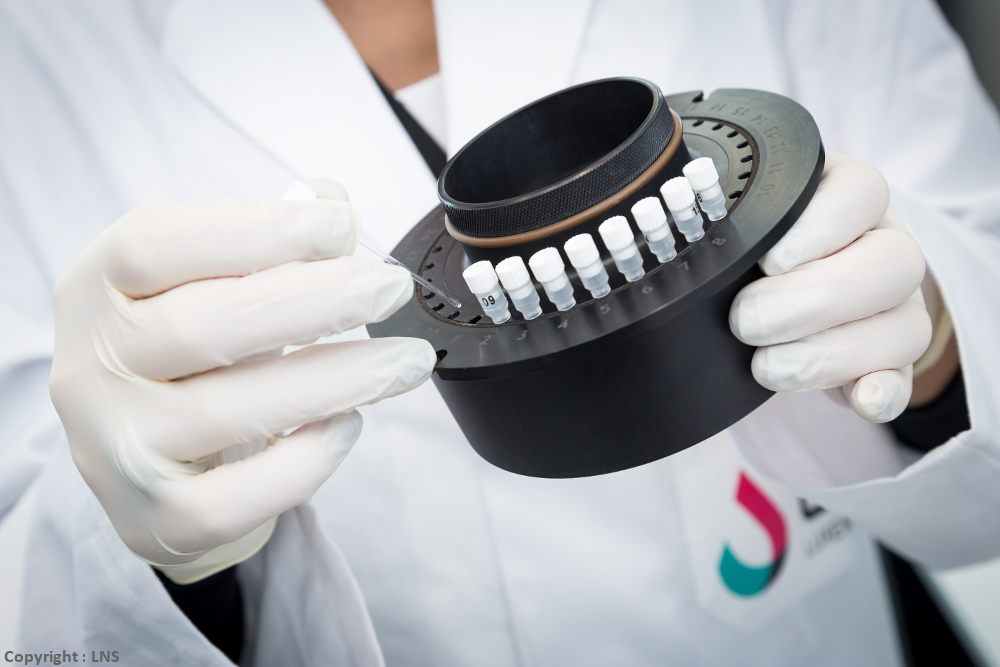Authors: Gieldon L, William D, Hackmann K, Jahn W, Jahn A, Wagner J, Rump A, Bechmann N, Nölting S, Knösel T, Gudziol V, Constantinescu G, Masjkur J, Beuschlein F, Timmers HJ, Canu L, Pacak K, Robledo M, Aust D, Schröck E, Eisenhofer G, Richter S, Klink B
Abstract
Pheochromocytomas and paragangliomas (PPGL) are rare neuroendocrine tumors with a strong hereditary background and a large genetic heterogeneity. Identification of the underlying genetic cause is crucial for the management of patients and their families as it aids differentiation between hereditary and sporadic cases. To improve diagnostics and clinical management we tailored an enrichment based comprehensive multi-gene next generation sequencing panel applicable to both analyses of tumor tissue and blood samples. We applied this panel to tumor samples and compared its performance to our current routine diagnostic approach. Routine diagnostic sequencing of 11 PPGL susceptibility genes was applied to blood samples of 65 unselected PPGL patients at a single center in Dresden, Germany. Predisposing germline mutations were identified in 19 (29.2%) patients. Analyses of 28 PPGL tumor tissues using the dedicated PPGL panel revealed pathogenic or likely pathogenic variants in known PPGL susceptibility genes in 21 (75%) cases, including mutations in IDH2, ATRX and HRAS. These mutations suggest sporadic tumor development. Our results imply a diagnostic benefit from extended molecular tumor testing of PPGLs and consequent improvement of patient management. The approach is promising for determination of prognostic biomarkers that support therapeutic decision-making.
Cancers

